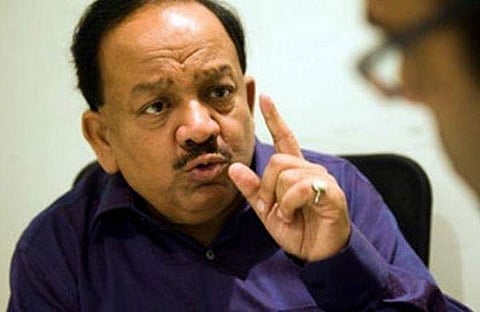

NEW DELHI: India’s public expenditure on health as percentage of the GDP is far lower than countries classified as the “poorest” in the world, the Union Ministry of Health and Family Welfare has conceded.
In the National Health Profile 2019 released on Wednesday - a detailed account of socio-economic status, disease burden, health finance, health infrastructure and human resources in the sector - the government admitted that in 2016, its public spending on health was just 1.17 per cent of the GDP. In comparison, nations classified as Lower Income Countries by the World Bank spent 1.57 per cent of their GDP on health that year.
India’s public expenditure on health now stands at 1.28 per cent of the GDP but even then, it is way lower than the average expenditure by countries clubbed as among the "poorest". More embarrassingly, the country’s public health expenditure is lower when compared with other South-East Asian countries like Nepal, Sri Lanka, Bhutan, Indonesia, Thailand and the tiny island country of Timor-Leste.
At less than USD 16, country’s per capita expenditure on health (in average exchange rate) is also abysmally low compared to most other SEARO nations. India’s health budget for 2019-20 was less than `63,000 crore, majority of which was allocated towards the National Health Mission and Pradhan Mantri Jan Arogya Yojana launched last year to provide cashless hospitalization of up to `5 lakh to disadvantaged population for secondary and tertiary level healthcare.
Many public health specialists have expressed disappointment over the Centre’s declared pledge to invest 2.5 per cent of its GDP into healthcare by 2025, when the global average will be about 6 per cent. Some however said that the government should focus on increasing investment in health gradually, as disease burden of non-communicable or lifestyle diseases are increasing rapidly.